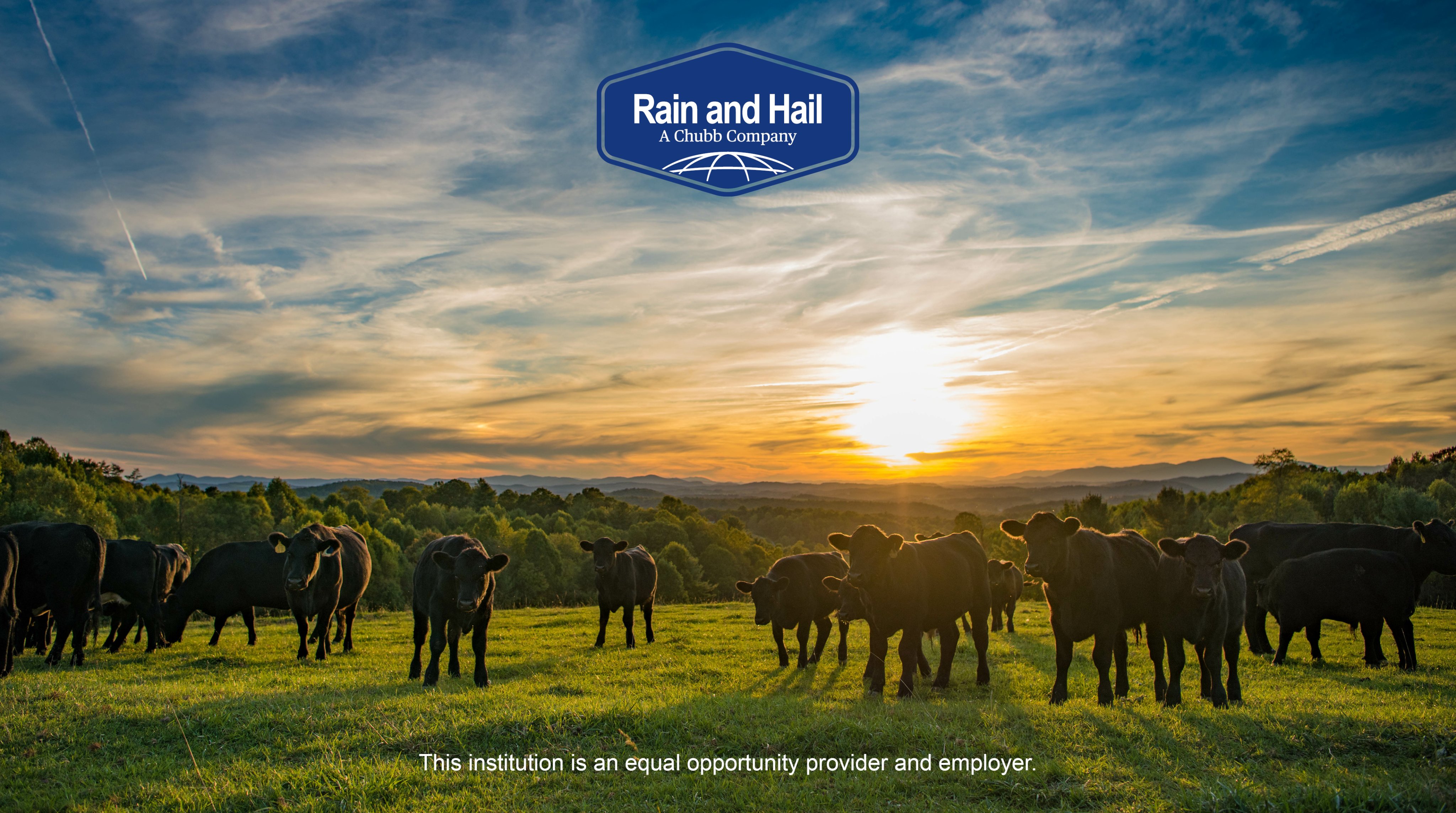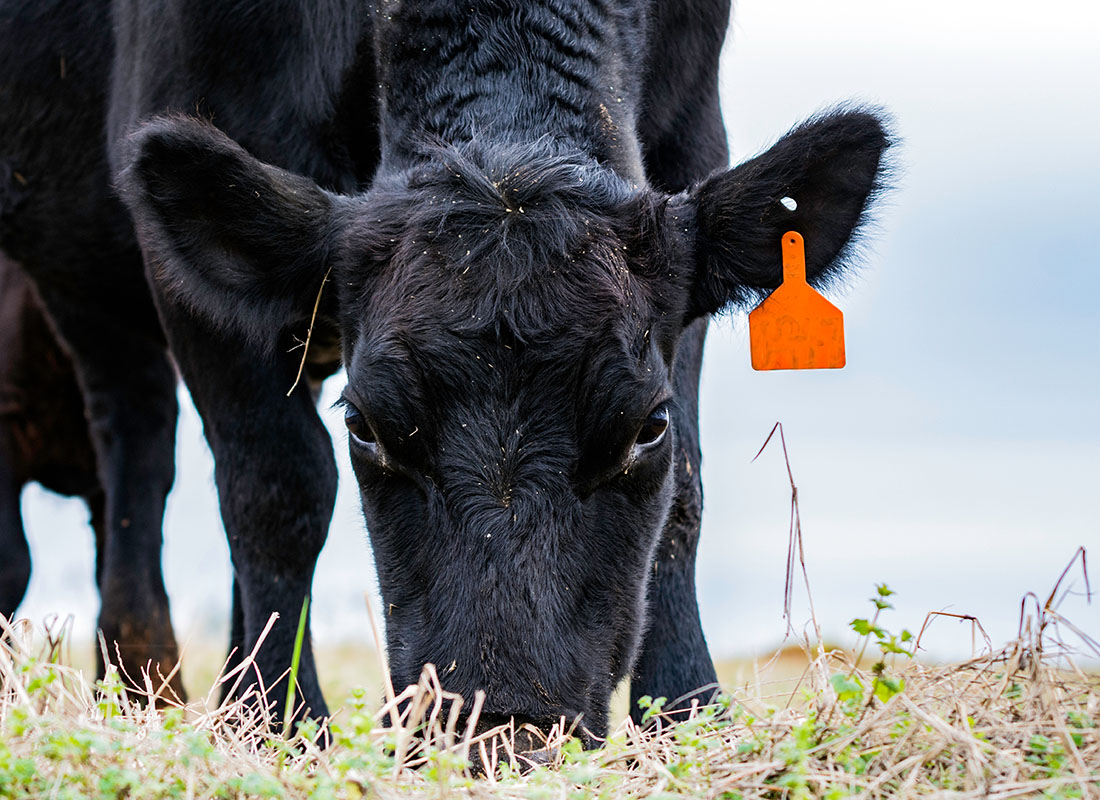Understanding Livestock Risk Security (LRP) Insurance Policy: A Comprehensive Guide
Navigating the realm of animals danger defense (LRP) insurance can be a complex endeavor for lots of in the agricultural sector. This sort of insurance supplies a safeguard versus market fluctuations and unforeseen scenarios that could affect animals producers. By understanding the intricacies of LRP insurance policy, producers can make informed decisions that may guard their operations from monetary threats. From just how LRP insurance operates to the different coverage options offered, there is much to reveal in this thorough guide that might possibly shape the method animals manufacturers approach risk administration in their businesses.

Exactly How LRP Insurance Policy Functions
Occasionally, comprehending the auto mechanics of Animals Risk Defense (LRP) insurance coverage can be intricate, but damaging down just how it works can offer clarity for ranchers and farmers. LRP insurance coverage is a threat monitoring tool designed to protect livestock manufacturers against unexpected price declines. It's essential to keep in mind that LRP insurance policy is not an income assurance; rather, it focuses solely on rate danger defense.
Eligibility and Coverage Options

When it comes to protection alternatives, LRP insurance policy offers manufacturers the flexibility to pick the protection level, insurance coverage period, and endorsements that ideal match their danger monitoring needs. By understanding the qualification requirements and insurance coverage options offered, animals producers can make enlightened decisions to take care of danger effectively.
Pros and Cons of LRP Insurance Policy
When evaluating Livestock Risk Protection (LRP) insurance, it is vital for livestock manufacturers to evaluate the drawbacks and benefits integral in this danger management device.

Among the primary advantages of LRP insurance is its capacity to offer protection versus a decline in animals rates. This can assist safeguard manufacturers from monetary losses arising from market changes. In addition, LRP insurance policy uses a level of flexibility, permitting producers to personalize insurance coverage degrees and plan durations to suit their particular demands. By securing an ensured rate for their livestock, producers can much better take care of risk and prepare for the future.
However, there are additionally some drawbacks to consider. One limitation of LRP insurance coverage is that it does not secure versus all sorts of dangers, such as illness break outs or all-natural calamities. Moreover, costs can occasionally be expensive, especially for manufacturers with large livestock herds. It is essential for producers to very carefully assess their private danger exposure and financial scenario to identify if LRP insurance coverage is the ideal danger monitoring tool for their operation.
Recognizing LRP Insurance Coverage Premiums

Tips for Making The Most Of LRP Perks
Maximizing the benefits of Animals Threat Protection (LRP) insurance coverage calls for tactical planning and aggressive threat management - Bagley Risk Management. To maximize your LRP coverage, consider the complying with tips:
Consistently Assess Market Problems: Stay educated concerning market patterns and price changes in the livestock sector. By keeping track of these factors, you can make enlightened decisions concerning when to buy LRP protection to protect versus potential losses.
Set Realistic Insurance Coverage Levels: When picking coverage degrees, consider your manufacturing prices, market price of animals, and prospective dangers - Bagley Risk Management. Setting sensible insurance coverage degrees guarantees that you are adequately protected without overpaying for unnecessary insurance
Expand Your Protection: As opposed to counting only on LRP insurance, think about expanding your risk management methods. Incorporating LRP with various other danger administration devices such as futures agreements or options can offer detailed protection versus market unpredictabilities.
Evaluation and Readjust Protection On a regular basis: As market conditions transform, regularly review your LRP insurance coverage to guarantee it her comment is here aligns with your current threat exposure. Adjusting protection levels and timing of purchases can aid maximize your risk protection strategy. By following these suggestions, you can optimize the benefits of LRP insurance and safeguard your animals operation against unpredicted threats.
Conclusion
In verdict, livestock danger protection (LRP) insurance coverage is a valuable tool for farmers to handle the financial risks linked with their animals operations. By recognizing how LRP functions, qualification and protection alternatives, along with the advantages and disadvantages of this insurance policy, farmers can make educated decisions to protect their livelihoods. By thoroughly thinking about LRP premiums and applying strategies to make best use of benefits, farmers can reduce potential losses and make certain the sustainability of their operations.
Livestock manufacturers interested in acquiring Livestock Risk Defense (LRP) insurance policy can check out a variety of eligibility requirements and coverage options customized to their specific livestock operations.When it comes to coverage options, LRP insurance supplies producers the adaptability to select the protection level, coverage duration, and recommendations that ideal match their threat monitoring needs.To understand the complexities of Animals Danger Protection (LRP) insurance policy completely, recognizing the aspects affecting LRP insurance costs is critical. LRP insurance policy premiums are figured out by various components, including the protection level selected, the anticipated price of livestock at the end of the protection period, the kind of livestock being insured, and the size of the insurance coverage period.Review and Readjust Coverage On a regular basis: As market conditions change, occasionally examine your LRP protection to guarantee it straightens with your existing threat exposure.